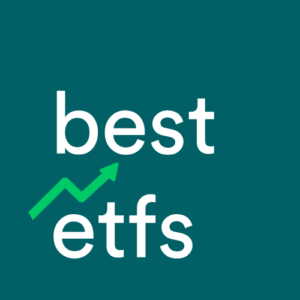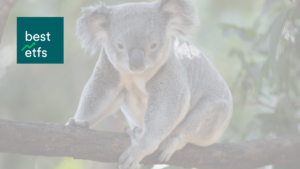Investing your money to get portfolio exposure to the Australian shares sector has never been easier thanks to ETFs such as the Perennial Value/eInvest Income Generator Fund (Managed Fund) ETF (ASX: EIGA). However, no matter how easy it seems to be, we think it’s still important to do your own ETF review.
1. What is the Perennial Value/eInvest EIGA used for?
The eInvest EIGA Fund invests in a diversified portfolio of high-yielding Australian companies and provides distributions on a monthly basis. EIGA is an actively-managed fund, with a focus on capital preservation.
2. Has it reached scale (FUM)?
As at the end of last month, the EIGA ETF had $20.21 million of money invested. With a funds under management (FUM) or ‘market cap’ figure of less than $100 million, it’s important to consider if this ETF is still too small. We say an ETF with more than $100 million invested is typically more sustainable than one with less than $100 million (at least) because if an ETF is too small it may not be sustainable for an ETF issuer, such as Perennial Value/eInvest. However, there are exceptions to this rule of thumb, especially if the ETF issuer/provider is committed to growing the ETF’s FUM to the point where it becomes profitable.
[ls_content_block id=”3409″ para=”paragraphs”]
3. EIGA ETF fees explained
With a yearly management fee of 0.8% charged by Perennial Value/eInvest, if you invested $2,000 in the EIGA ETF for a full year you could expect to pay management fees of around $16.00. This does not include any performance fees earned by the ETF’s manager for doing a good job. For context, the average management fee (MER) of all ETFs covered by Best ETFs Australia on our complete list of ASX ETFs is 0.54% or around $10.80 per $2,000 invested. Keep in mind, small changes in fees can make a big difference after 10 or 20 years.
In addition to a yearly management fee, there are other costs investors must consider, including brokerage and taxes. A specific cost for ETF and mFund investors to consider is the buy-sell spread, which is the slippage or ‘invisible’ cost paid by an investor when he or she buys or sells the ETF. For the EIGA ETF, the most recent average monthly buy-sell spread we gathered (April 2020) was 0.96%. Remember, the lower (or ‘tighter’) the buy-sell spread, the better. This buy-sell spread was above the average ETF spread of 0.51%, which means the EIGA ETF has more slippage than the average ETF (that’s a bad thing).
What to do now
Before testing the water with both feet or diving straight into buying the EIGA ETF, please read the ETF’s Product Disclosure Statement (PDS). Also, be sure to take a look at our Perennial Value/eInvest EIGA report. While you’re on our website, use our complete list of ASX ETFs to search for a few different ETFs in the sector and conduct a side-by-side comparison using everything you’ve learned here.
[ls_content_block id=”4954″ para=”paragraphs”]




